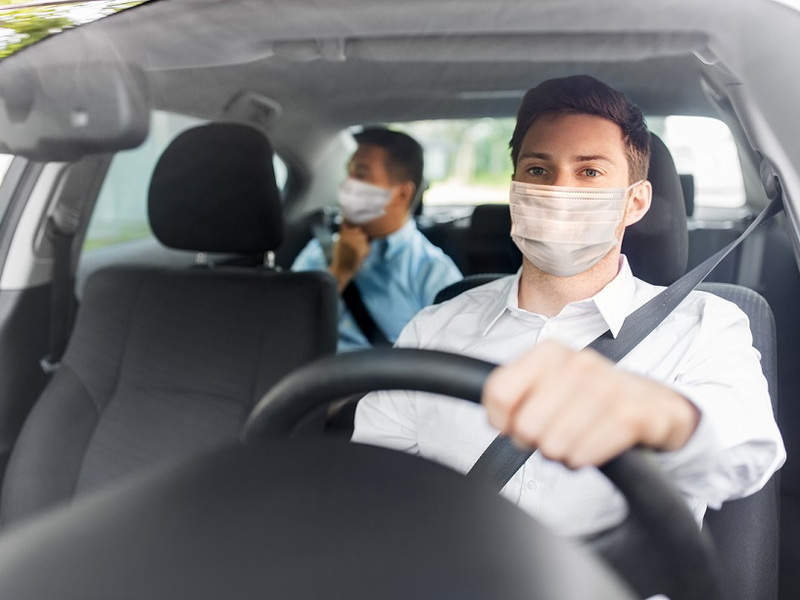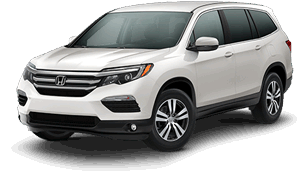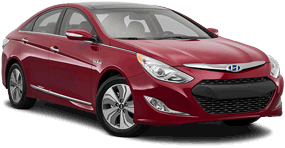Before COVID-19, ridesharing services were the norm for getting around cities, rides to the airport, or a late-night trip home from the bar. For rideshare drivers, services like Uber and Lyft offered flexible part-time work or even a full-time income. All that has changed since the COVID-19 pandemic hit our shores. Now, rideshare drivers report they have lost 90% of their business, Uber has laid off 14% of its workforce, and Lyft has laid off 17% of staff. With COVID-19 anxieties heightened, you may wonder if it's safe (or smart) to use rideshare as a passenger or driver. While each individual should answer this question based on personal risk factors, we'll share what the landscape looks like from a rider and driver perspective.
Ridesharing COVID-19 Precautions
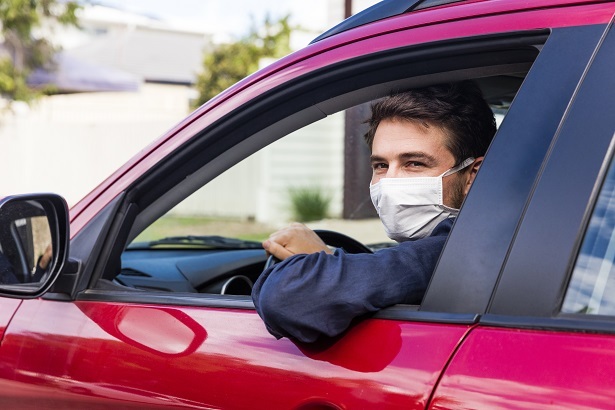
Uber and Lyft have released new guidelines aimed at protecting both customers and drivers during the pandemic. Both companies say they will suspend drivers who have tested positive for the COVID-19 virus or have come into contact with someone who is sick. Drivers and customers are also required to wear face coverings and riders must sit in the back seat. Drivers must agree to keep their vehicles clean and keep the windows down as much as possible. Each company has stated that they are providing protective equipment such as masks and sanitizers to their drivers. According to Lyft's COVID-19 response page, drivers can pick up these supplies at contact-free areas outside of select Hubs, Driver Centers, and Express Drive locations.
This week, Uber went a step further and announced a new rule which states only three passengers are allowed in a vehicle, whereas 4 passengers were previously allowed. This is meant to create a physical distance between the driver and his or her passengers. Drivers must also take a selfie of themselves wearing a face mask that is verified through the app before they can pick up passengers. Both Uber and Lyft apps require drivers and passengers to consent to the new rules before they can proceed to book a ride or pick up passengers.
Due to the increased risk to drivers, Uber and Lyft are offering financial assistance to drivers who are directly impacted by COVID-19. Lyft states they are "providing funds directly to qualifying drivers diagnosed with COVID-19 or put under individual quarantine by a public health agency — an amount determined by the driver’s previous activity on the Lyft platform." To receive 14 days of sick pay, Uber has outlined a set of requirements for drivers on their website. These include documentation from a doctor that the driver has an active case of COVID-19, was ordered to self-quarantine because of a suspected case, or has a pre-existing condition that puts them at higher risk.
Is it Worth the Risk?
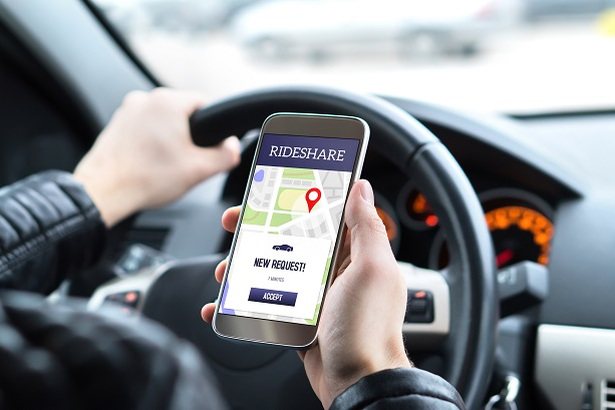
With the new rules, Uber and Lyft hope to make drivers and riders feel more comfortable and protected, but the question remains - is it worth the risk? Based on rideshare drivers' accounts from the last couple of months, the balance between risk and reward has tipped heavily toward risk. According to Business Insider, in a survey of 1,000 rideshare drivers, most have reported that their average earnings have dropped by 50% to 80%. One driver reports that his earnings have dropped to a negligible $25 per day spread across 10 hours. Many drivers have stopped working completely, while some have switched to delivery work such as UberEats or Grubhub.
While drivers are at greater risk because they pick up multiple passengers per day, passengers are only exposed to one driver, and with the new safety precautions in place, their risk is reduced. Before deciding if Uber or Lyft is an acceptable transportation method during the pandemic, consider the level of risk based on personal health factors, COVID case rates in your area, and your frequency of use. If you find yourself needing to use rideshare daily or most days a week, buying an affordable used vehicle can be a safer and more reliable option.
How to Protect Yourself While Ridesharing
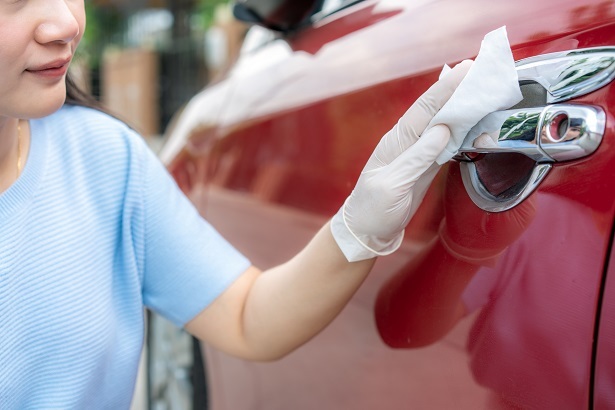
If you have no choice but to use rideshare services or work as a driver, you can minimize your risk by following all the guidelines set by Uber and Lyft such as wearing a mask and keeping a distance from the other party in the vehicle. Passengers should not sit in the front seat and avoid getting close to the driver when outside of the vehicle (should the driver get out to open the door, for example).
Drivers can take extra precautions by opening the doors for riders and requiring passengers to handle their own belongings (no more helping load items into the trunk). Disinfect the vehicle frequently, and focus on high-touch points like door handles and seatbelts. The CDC recommends not using the recirculated air option for the car’s ventilation during passenger transport. Instead, use the car’s vents to bring in fresh outside air or lower the vehicle windows. Both Uber and Lyft state that drivers should refuse a ride to any customers that are not following the guidelines or appear to be sick.
